The Biology of Affect & Motivation
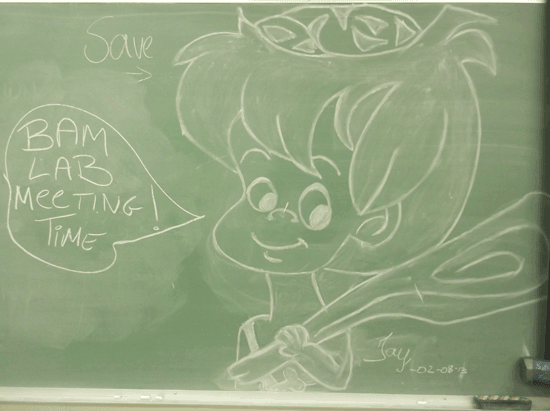
THE BIOLOGY OF AFFECT & MOTIVATION (BAM) LABORATORY
BAM! Emotion strikes and your whole outlook changes and your behavior is magnified or reduced to nothing or spirals out of control.......why?
The BAM laboratory is interested in investigating the brain substrates of motivated behavior and emotion. The overall goal of the laboratory is to complete research that increases our understanding about how the brain is involved in producing goal-directed action and how the brain and body work together to form an emotional response. We have a number of diverse projects underway. To find out more about these projects and our laboratory team, click on the available webpages. We also have a number of local meetings and talks that will be open to the student community and to the general public. Feel free to attend one of these events and learn more about neuroscience research going on at Bowling Green State University.
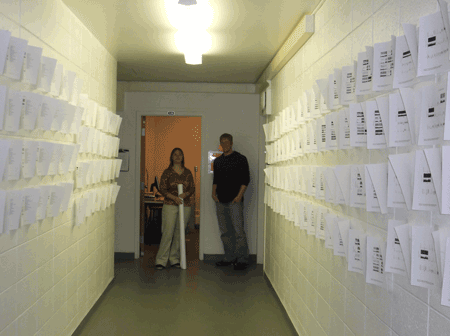
This is the pre-Society for Neuroscience meeting data hallway. Filled with data -each sheet is a perievent raster & histogram- we try to figure out how the basal ganglia computes
relative reward value!
Experimental procedures used include neurophysiological recording in awake and behaving animals. We utilize 16 channel microelectrode arrays to record from ensembles of neurons in the brain. Single unit as well as local field potential recording is completed from the same chronically implanted microarray of wires. Other techniques include lesion methods, microinfusion methods and behavioral pharmacology.
The laboratory is well equipped and includes a 16 channel signal processor and computer software for acquiring single unit and field potential data. We have behavioral chambers, boxes and analog devices that can be used to control the environment and manipulate the schedule of reward delivery in an operant task. We also have a diverse supply of behavioral equipment to examine natural behavioral of animals including taste reactivity chamber, conditioned place preference apparatus and social-port boxes.
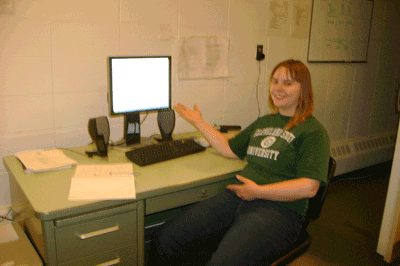
Emily Webber has the data analysis mastered!
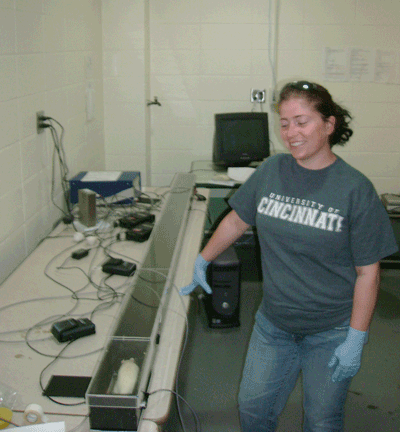
Kimberley Binkley using the runway to test incentive contrast.
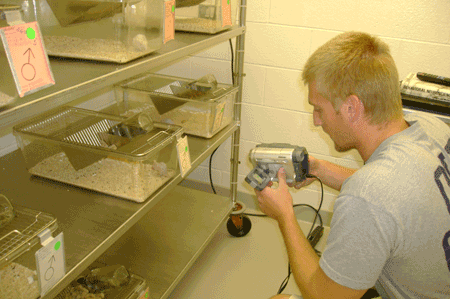
Matt Ozcypok films animal behavior. Several projects use either real-time or video-enhanced imaging of behavior to decipher brain-movement relationships.

The BAM Lab uses rodent models to examine motivation and emotion. This is the hairless mutant mouse....observing us while we observe him.

The BAM lab has an electroencephalography set-up.

Major goals of the lab include from specific to most general objective:
1) Determine the dynamic properties of reward comparisons in different models using different approaches
2) Reveal the neurobiology of relative reward valuation both normal mechanisms and the influence of abnormal relative reward valuation
3) Figure out how the brain works
4) Save the World (see photo for details)
Updated: 06/18/2020 11:07AM
